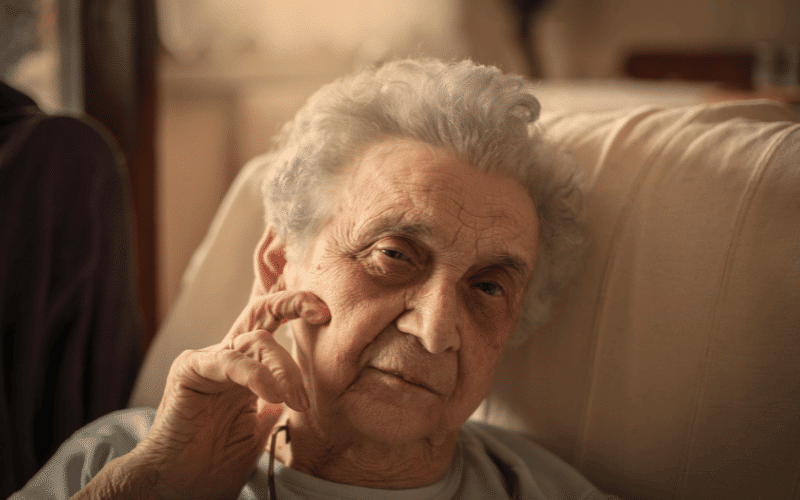Fact 8: The Role of Sensory Impairments in Hallucinations Among Dementia Patients

Our senses are the gateway to our perception of the world. But what happens when these gateways are compromised? In dementia, sensory impairments can play a significant role in hallucinations. Let’s delve deeper into this intriguing connection.
Visual and hearing impairments are common among older adults, including those with dementia. This lack of sensory input can sometimes result in the brain “filling in the gaps,” leading to hallucinations. These are not mere figments of imagination, but detailed and vivid experiences that seem real to the individual.
Visual hallucinations can range from simple geometric patterns to complex scenes. They are not always disturbing; sometimes, they might be mundane or even pleasant. However, their unpredictability can make them a source of distress for some individuals.
Hearing impairments, on the other hand, can give rise to auditory hallucinations. Affected individuals might hear sounds, voices, or music that aren’t there. This can be unsettling, particularly if the individual is unable to distinguish these hallucinations from real sounds.
Sensory impairments and hallucinations in dementia paint a complex picture, reminding us of the intricate nature of the human brain. Addressing these sensory impairments may help mitigate the occurrence of hallucinations, aiding in better symptom management for dementia patients. (8)